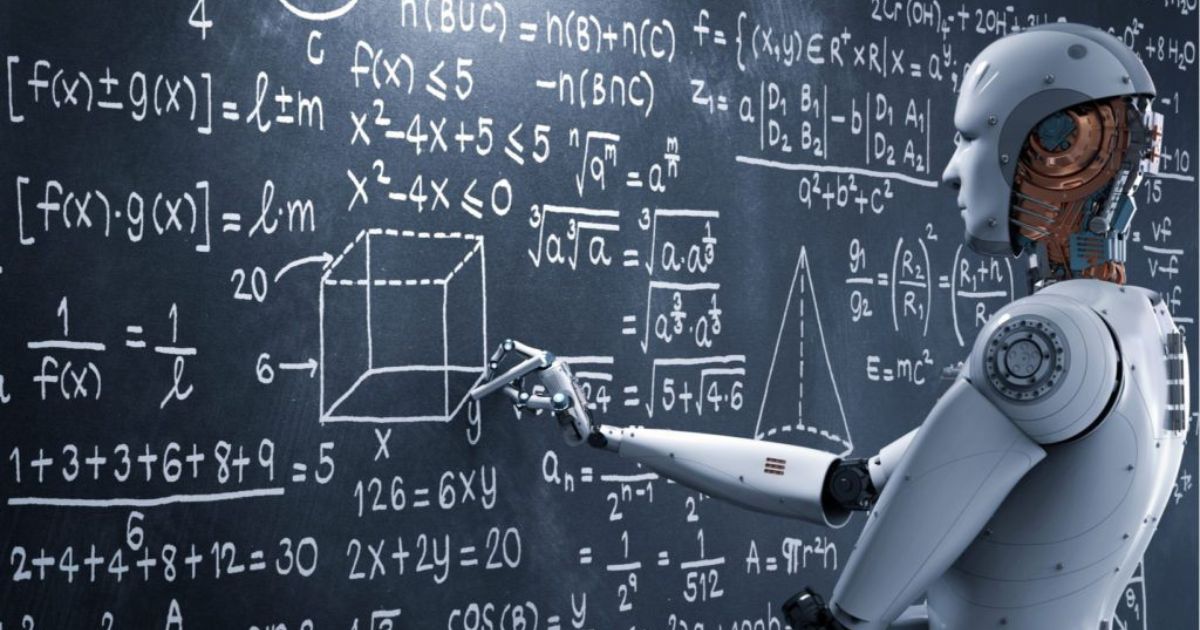From personalized learning platforms to AI tutors that never sleep, artificial intelligence is reshaping education faster than ever before. Students now get instant answers, adaptive quizzes, and even emotional feedback from machines. It feels like a breakthrough — but is something quietly breaking down in the process?
Behind the glowing screens and algorithmic precision, a deeper question lurks: are we trading connection for convenience? As classrooms get smarter, human interaction is thinning. The comforting voice of a teacher, the emotional spark in a class discussion, or even a simple smile during doubt — these are moments no machine can replicate.
In the rush to optimize, we risk forgetting the soul of learning: empathy, presence, and shared growth. AI might supercharge our minds, but what happens to our hearts?
This article explores the exciting potential — and the silent cost — of AI in education. Is it revolution or regression?
✅ The Smart Shift: How AI Is Enhancing Education
| 1 | Personalized Learning at Scale AI tailors content, pace, and style to individual student needs—making education more inclusive and effective. |
| 2 | Intelligent Tutoring Systems Virtual tutors offer 24/7 support, clarifying doubts and reinforcing concepts outside the classroom. |
| 3 | Data-Driven Insights for Educators AI analyzes student performance to help teachers identify struggling learners and adapt instruction accordingly. |
| 4 | Language Translation & Accessibility Tools Real-time translation and text-to-speech features help break language and disability barriers in education. |
| 5 | Automated Grading and Admin Tasks Teachers save time with AI-assisted grading, allowing more focus on student engagement and mentorship. |
⚠️ The Human Gap: Challenges and Ethical Concerns in AI-Powered Learning
| 1 | Loss of Human Connection in the Classroom Over-reliance on AI may reduce face-to-face interaction and emotional bonding with teachers. |
| 2 | Privacy Concerns Around Student Data AI platforms collect vast amounts of personal data, raising concerns about misuse or breaches. |
| 3 | Bias in Learning Algorithms If not carefully designed, AI tools can reinforce stereotypes or exclude underrepresented groups. |
| 4 | Reduced Critical Thinking & Overdependence Students may become passive learners, relying too much on instant answers and guidance. |
| 5 | Inequality in Access to AI Tools Underfunded schools or remote regions may lack infrastructure to benefit from AI-enhanced education. |
